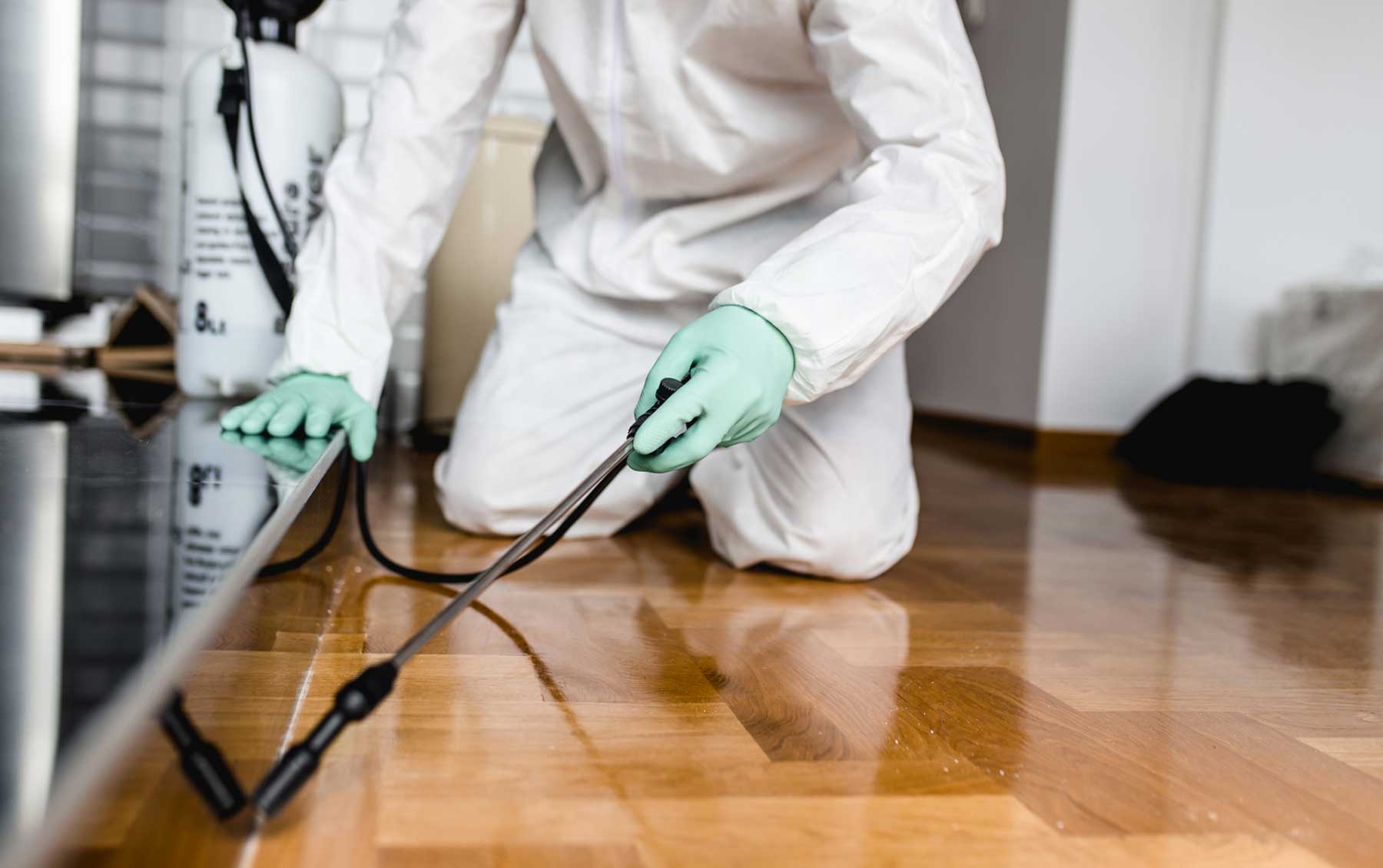Specialist Bed Bug Exterminator: Relax Easy Recognizing Your Home is Bug-Free!
Specialist Bed Bug Exterminator: Relax Easy Recognizing Your Home is Bug-Free!
Blog Article
Expert Pest Control Techniques for Long-Term Outcomes
In the world of pest control, attaining sustained efficiency and long-term outcomes requires a thorough strategy that transcends plain extermination. Specialist bug control techniques envelop a comprehensive approach that starts with a detailed assessment and assessment, complied with by precise bug identification to recognize their habits patterns. The execution of Integrated Insect Monitoring (IPM) principles, combined with eco-conscious therapies, forms the foundation of lasting insect obliteration. However, the real examination hinges on the continuous surveillance and maintenance of the dealt with locations, ensuring a pest-free environment for the near future. By diving into the intricacies of these techniques, a deeper understanding of specialist insect control methods for sustaining end results arises.
Examination and Analysis
Upon getting in a home for parasite control solutions, the preliminary action is an extensive assessment and evaluation to identify the extent of the problem and establish one of the most effective treatment plan. Expert insect control service technicians are trained to carefully examine the properties, trying to find indications of pest task such as droppings, chomp marks, nests, or any type of structural damages. They will likewise evaluate the problems that may be bring in bugs, such as food sources, water leakages, or entrance factors.

Parasite Identification and Habits

In addition, recognizing the habits of the identified pest is vital to applying effective control measures. Recognizing where bugs nest, what they feed on, and their activity patterns can aid pest control experts devise approaches to eliminate them effectively. Some insects might be nocturnal, while others are more energetic during the day. This expertise permits the application of treatments at optimum times for optimum effectiveness.
Integrated Pest Administration (IPM)
Integrated Pest Administration (IPM) approaches integrate numerous techniques to manage and protect against insect infestations in a lasting and environmentally pleasant fashion. pest control. By integrating techniques such as organic control, environment manipulation, modification of social techniques, and using resistant ranges, IPM intends to decrease the use of chemical pesticides
One of the essential principles of IPM is the focus on avoidance. This aggressive approach involves tracking bug populaces regularly to find any prospective problems prior to they intensify. By recognizing parasite troubles early on, pest control steps can be implemented quickly and properly.
Moreover, IPM promotes using safe pest control techniques whenever possible. This can include utilizing natural predators of the parasites, presenting beneficial insects, or using scents to disrupt breeding patterns. By reducing reliance on chemical pesticides, IPM not just shields the environment yet additionally assists preserve an equilibrium in content the ecological community.
Environmentally-Friendly Therapies
Executing eco-conscious techniques in bug control procedures can effectively address problems while focusing on environmental sustainability. Environmentally-friendly treatments concentrate on decreasing the effect of insect control methods on ecosystems, non-target organisms, and human wellness. These approaches frequently include making use of natural predators, such as ladybugs or nematodes, to regulate pest populations, decreasing the demand for chemical treatments. Additionally, strategies like habitat manipulation, such as readjusting wetness degrees or eliminating food resources, can assist deter bugs without using harmful materials.
Another secret facet of environmentally-friendly treatments is using organic and eco-friendly products that damage down quickly without leaving dangerous residues in the atmosphere. Agricultural insecticides obtained from plants like chrysanthemums or neem supply effective parasite control while presenting marginal risk to non-target types. In addition, employing techniques like warmth therapies or pheromone catches can target details pests with precision, lowering the total environmental effect of bug control techniques.
Continuous Surveillance and Upkeep
Continuous monitoring and upkeep are necessary parts of reliable insect control administration. Recurring tracking plays a crucial role in ensuring that pest infestations are spotted early and taken care of without delay. Normal examinations by experienced specialists are essential to recognize any type of indications of insect activity, examine the efficiency of previous treatments, and make adjustments to the pest control strategy as required. By keeping an eye on bug populations in time, pest control experts can track trends, prepare for prospective issues, and implement preventative procedures to lessen the risk of future problems.
In addition to tracking, upkeep techniques are vital for long-lasting bug control success. This consists of implementing proper cleanliness actions to eliminate prospective food and water resources for link bugs, securing off access points to avoid insects from going into the properties, and resolving any kind of structural problems that might help with pest invasions (bed bug heat treatment). By integrating recurring monitoring and maintenance into an integrated bug administration method, services can make sure a pest-free atmosphere and guard their residential property next against expensive damage and health threats
Verdict
To conclude, using expert insect control strategies such as extensive assessment and analysis, accurate pest recognition and understanding of their habits, integrated pest monitoring methods, environmentally-friendly treatments, and ongoing surveillance and maintenance are vital for achieving lasting cause insect control. By applying these approaches, individuals can effectively take care of insect infestations and keep a pest-free environment in a lasting way.
Report this page